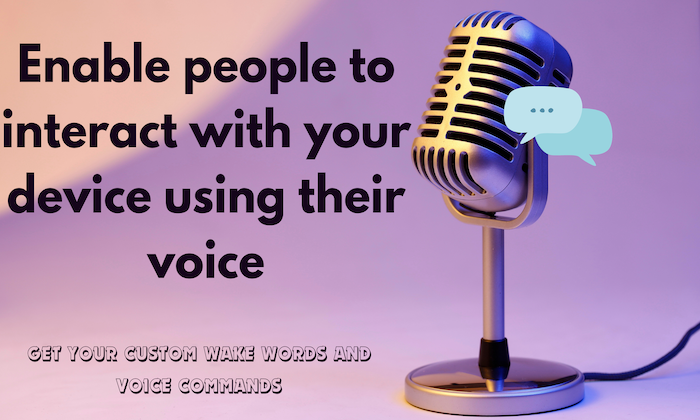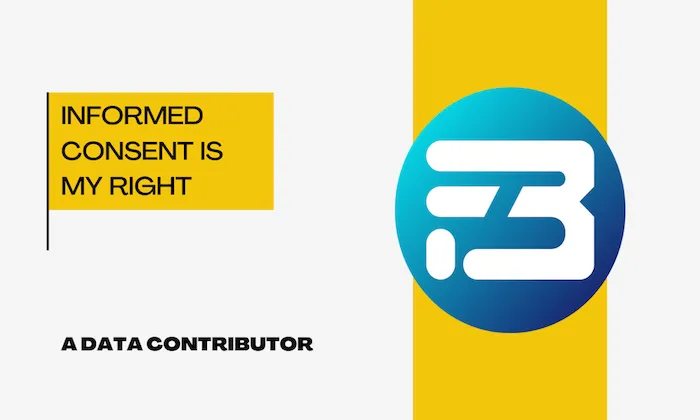How are wake words used in automotive assistants?
Wake Words
Automotive AI
Voice Control
Wake words are the foundation of voice-activated systems, enabling seamless interaction with devices like smart speakers and automotive systems. In the automotive sector, these triggers help drivers stay focused on the road while controlling navigation, media, and vehicle status through hands-free voice commands. At FutureBeeAI, we provide high-quality datasets designed to enhance wake word detection in automotive environments, ensuring reliability and safety in every interaction.
FutureBeeAI's Automotive Wake-Word Dataset
Our Off-the-Shelf (OTS) dataset offers recordings in over 100 languages, captured in real auto cabins with varying noise conditions such as engine sounds and road vibrations. These 16 kHz/16-bit WAV files come with rich metadata, including speaker details and environmental context, making them ideal for developing robust, on-device automotive voice models. We also offer custom solutions through the YUGO platform, enabling precise data collection for specific needs.
The Significance of Wake Words in Automotive Contexts
Why Wake Words Matter
Wake words are key to initiating a voice assistant’s interaction with the user. In the automotive context, their role goes beyond simple activation:
- User Engagement: A natural and intuitive wake word enhances user experience and encourages interaction with the system.
- Safety: Drivers can control vehicle functions without taking their hands off the wheel or eyes off the road.
- System Performance: Effective wake word recognition minimizes false activations, ensuring the system only listens when needed.
How Wake Words Function in Automotive Assistants
Cabin Acoustics & Mic Arrays
Automotive environments present unique acoustic challenges, such as engine noise and road vibrations. FutureBeeAI’s dataset includes recordings from multiple vehicle models and microphone placements, ensuring models are trained to handle diverse conditions. Techniques like multi-mic beamforming and far-field noise cancellation (e.g., spectral subtraction and adaptive filters) help manage these challenges and improve wake word accuracy.
Signal Processing & Keyword Spotting
- Audio Input: The vehicle’s microphone captures ambient sound continuously, scanning for wake words.
- Signal Processing: Acoustic signals are processed using algorithms such as Mel-frequency cepstral coefficients (MFCCs) to isolate relevant features.
- Keyword Spotting: Once a potential match is found, the system verifies the wake word using trained models built on diverse, multilingual datasets.
- Command Recognition: After the wake word is detected, the system listens for commands, such as "Play music" or "Take me to the nearest gas station."
In-Vehicle Voice Assistant Scenarios
Case Study: In-Car Voice Assistance
Consider a typical in-car assistant integration. Using the wake word “Hey Mercedes,” drivers can issue commands like:
- Navigation: "Hey Mercedes, take me to the nearest gas station."
- Media Control: "Hey Mercedes, play my favorite playlist."
- Vehicle Status: "Hey Mercedes, how much fuel do I have left?"
This shows the critical role of accurate wake word detection and command execution in improving the driving experience.
Challenges in Wake Word Implementation
Environmental Noise
Effective noise cancellation is essential in vehicles due to constant road noise and cabin sounds. FutureBeeAI’s noise-robust models are trained with varied noise profiles to handle these challenges effectively.
Accent and Dialect Variability
To ensure global usability, datasets must accommodate various accents and dialects. Our datasets help reduce word error rates (WER) by 5-7% when compared to generic models, ensuring the system can recognize commands from drivers with different linguistic backgrounds.
False Positives and Negatives
Maintaining the right balance of sensitivity is critical to avoid false triggers while ensuring accurate detection. Continuous refinement of models and data augmentation techniques, such as noise injection, help minimize these errors.
Data Privacy & Automotive Regulations
Handling voice data in vehicles requires compliance with privacy regulations like GDPR and ISO 26262. FutureBeeAI ensures secure S3 cloud storage and anonymized metadata to protect user privacy. Our systems follow strict contributor consent protocols via YUGO, maintaining data integrity and compliance with regulatory standards.
Engineering Best Practices for Automotive Wake-Word Systems
Lightweight Model Architectures & Quantization
- Model Optimization: Use quantized neural nets (INT8) for efficient in-vehicle processing, meeting latency requirements (<50 ms) and memory constraints (<1 MB).
- Edge Inference: Deploying frameworks like TensorFlow Lite and ONNX Runtime ensures on-device wake word detection without cloud dependency.
Data Diversity & Continuous Training
- Diverse datasets: Incorporate a wide range of accents and environmental conditions in the training data for robust model performance.
- Continuous updates: Regularly update models with new data to adapt to changing user behaviors and system improvements.
Key Takeaways
- Wake words enable safe, hands-free interactions in vehicles.
- FutureBeeAI’s automotive datasets ensure accurate, real-world model training in diverse conditions.
- Model optimization and privacy compliance are critical for effective automotive voice assistants.
FAQ
Q: What sample rate is standard for wake-word data?
A: FutureBeeAI’s datasets are provided in 16 kHz, 16-bit WAV format for compatibility with edge devices.
Q: How do you ensure accuracy in noisy vehicles?
A: We use real-world recordings and noise augmentation to simulate factory, road, and engine noise, ensuring our models perform under these conditions.
Get Started with FutureBeeAI
For businesses developing voice-activated automotive systems, FutureBeeAI provides the necessary datasets to optimize wake word detection and command execution. Whether you need ready-made solutions or custom datasets, we help accelerate your development.
Start your project today: Contact us to explore tailored solutions for your automotive voice assistant needs.
What Else Do People Ask?
Related AI Articles
Browse Matching Datasets
Acquiring high-quality AI datasets has never been easier!!!
Get in touch with our AI data expert now!








